
One of the world’s most famous natural sights, the northern lights attract people to areas around the Arctic in hopes of seeing the rare display.
Caused by the redirection of particles from the sun that hit the Earth’s atmosphere, the stunning atmospheric phenomenon is seen as the Holy Grail of skywatching and mostly occurs in areas around Norway, Finland, Sweden and Greenland.
The lights can be seen in other parts of the world; the UK has even had sightings in Scotland, Whitley Bay, and Tyne and Wear in March this year as we experience the sun is in its solar maximum phase.
Unfortunately, such sightings are rare and most people wanting to see the aurora borealis (the scientific name for the phenomenon, coined by Galileo Galilei) will have to travel further north.
To help you in your quest to see the spectacular light show, we’ve put together a list of the best places for seeing the northern lights and when to go to maximise your chances.
The best places to see the northern lights around the world
1. Tromso, Norway
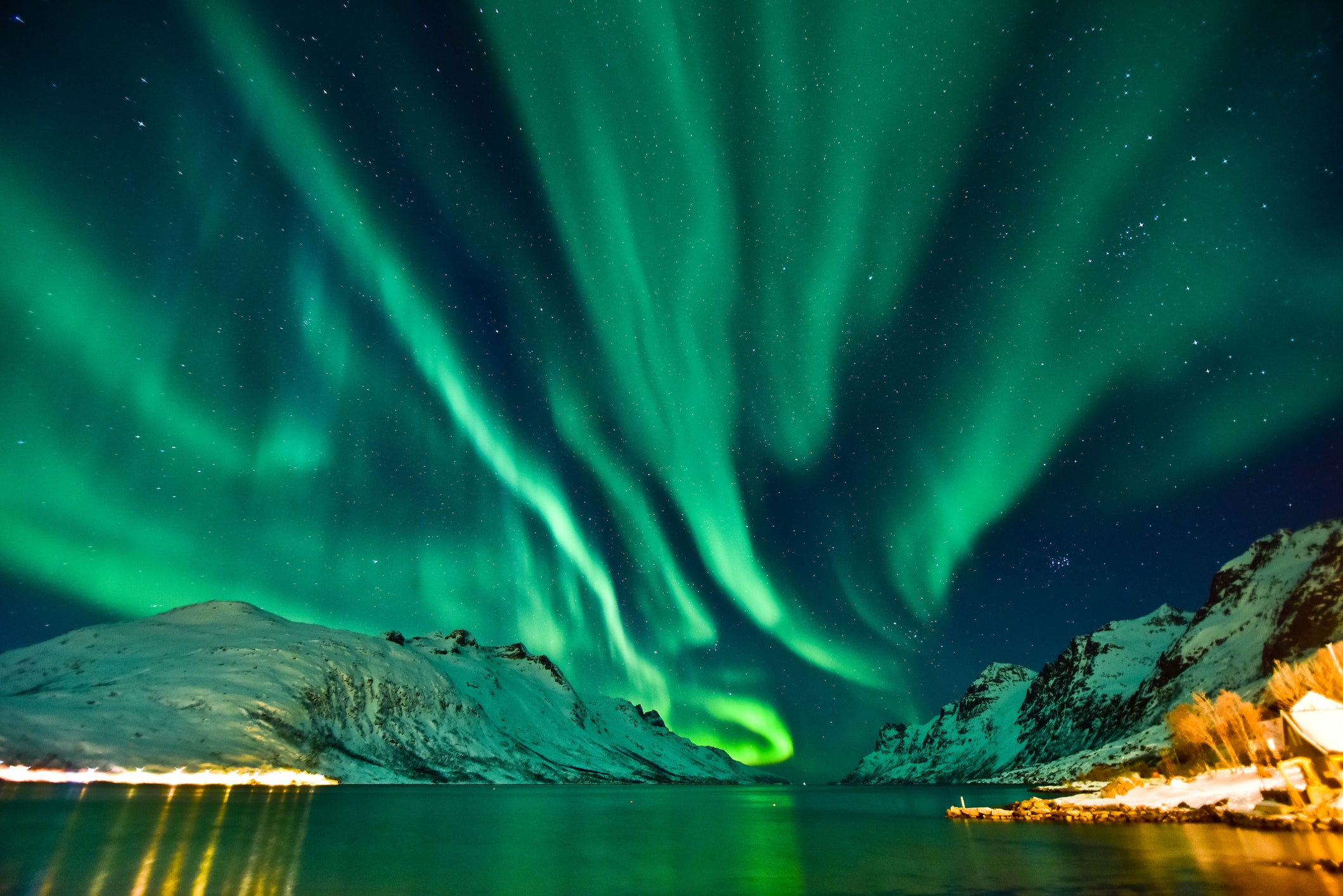
Tromso sits at the centre of the northern lights’ oval, meaning that the lights can be visible even when activity is low. According to the tourism website, Tromso is “one of the places in the world with the highest probability of seeing the lights”, and there is “always a good chance of seeing” them between September and April.
Temperatures are moderated by the Norwegian Sea and westerly winds, meaning that they are much milder than usual for the latitude, with averages of between 2C and -1C during peak viewing times (compared to Svalbard, where the average January high is -13C).
When to visit Tromso
Your best chance of seeing the lights in Tromso is between September and April, when the skies are dark enough for them to be visible.
Read more: 7 of the best northern lights holidays in Norway
2. Svalbard, Norway
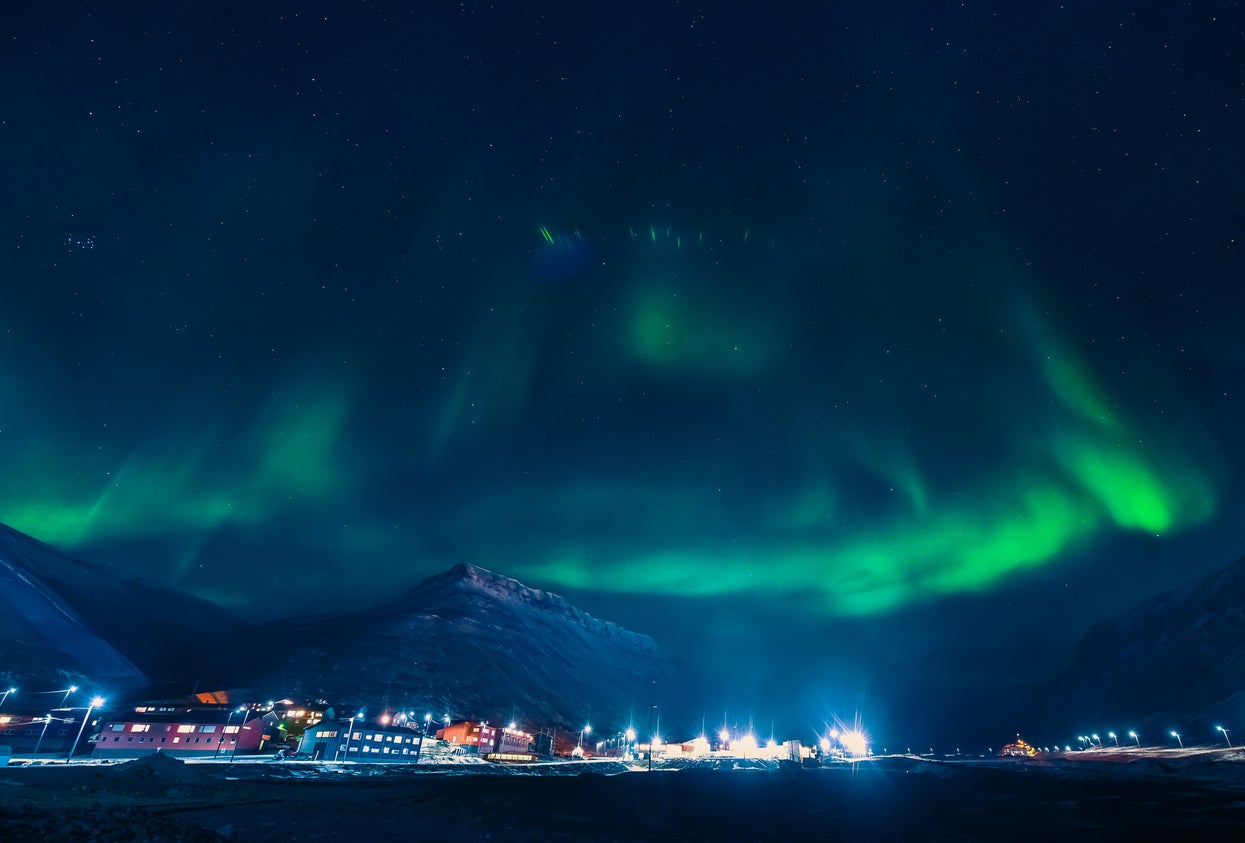
This Norwegian archipelago is home to more polar bears than people and experiences harsh winters, with the sun not properly rising over the horizon between mid-November and mid-January.
While the islands do not experience total darkness (and therefore you aren’t guaranteed to see the lights), the main island, Spitsbergen, hosts several different types of expedition to give you the best chance of catching the phenomenon. If you’re lucky, you may even see some polar wildlife such as reindeer, Arctic foxes and walruses too.
When to visit Svalbard
The lights season here is slightly shorter than in Tromso, running from September until the middle of March. The best time of day to try and see the lights is between 6pm and midnight.
Read more: 8 best ski resorts in Norway for your 2025 skiing holiday
3. Rovaniemi, Finland
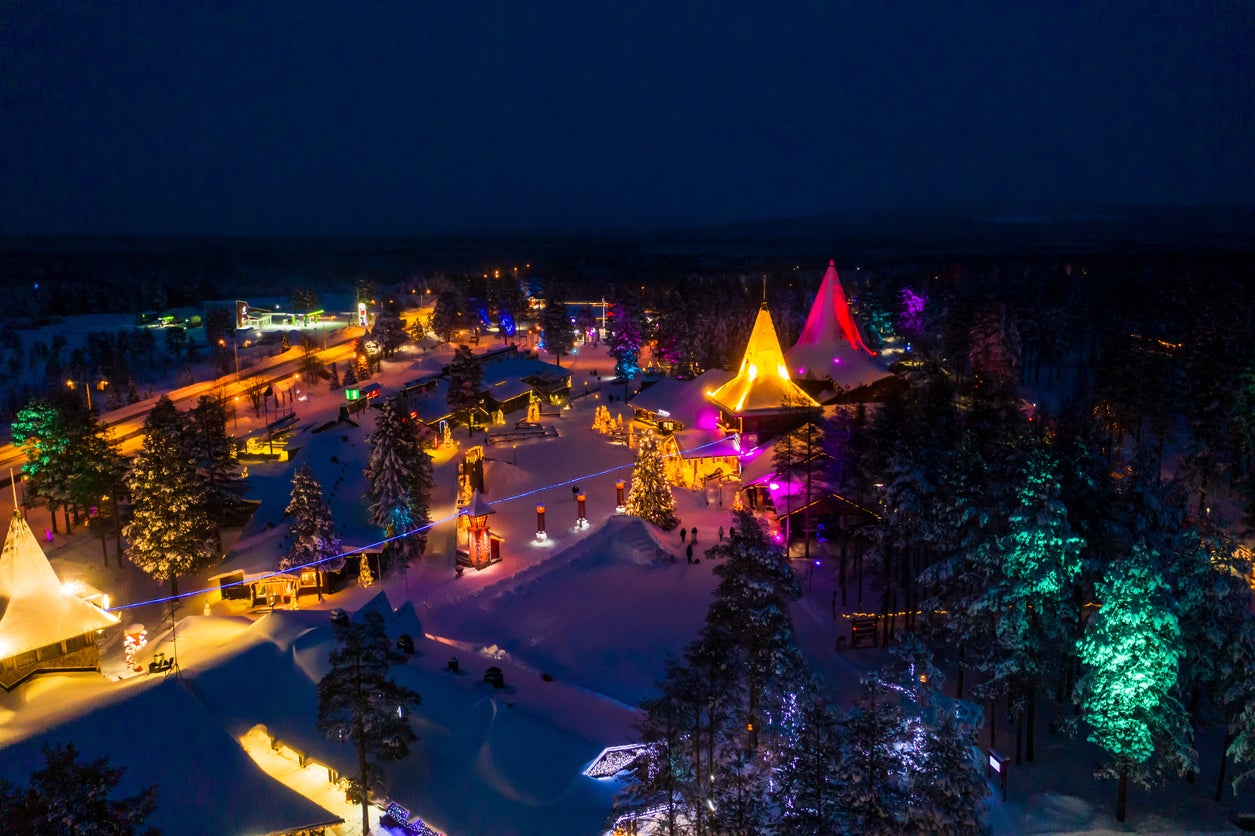
Located in Finnish Lapland, Rovaniemi markets itself as the ‘Official Home of Santa Claus’ and contains a Santa Claus Village and Santa Park. The northern lights are visible here on “around 150 nights a year” from August, and the tourism websitesprovides ideas for nearby locations to view them.
Among its suggestions are the Arctic Garden (a 10-minute walk away) and the top of Ounasvaara fell (a longer, 45-minute walk from the town). Among other snow-based activities – such as sledding – you can join snowmobile trips and ice floating tours as special ways to enjoy the lights.
When to visit Rovaniemi
Rovaniemi is one destination where the northern lights season is exceptionally long, running from late August to early April. However, the best time to visit is during the Polar Night period, from mid-November to mid-January.
Read more: What it’s really like living in the ‘world’s happiest country’
4. Reykjavik, Iceland
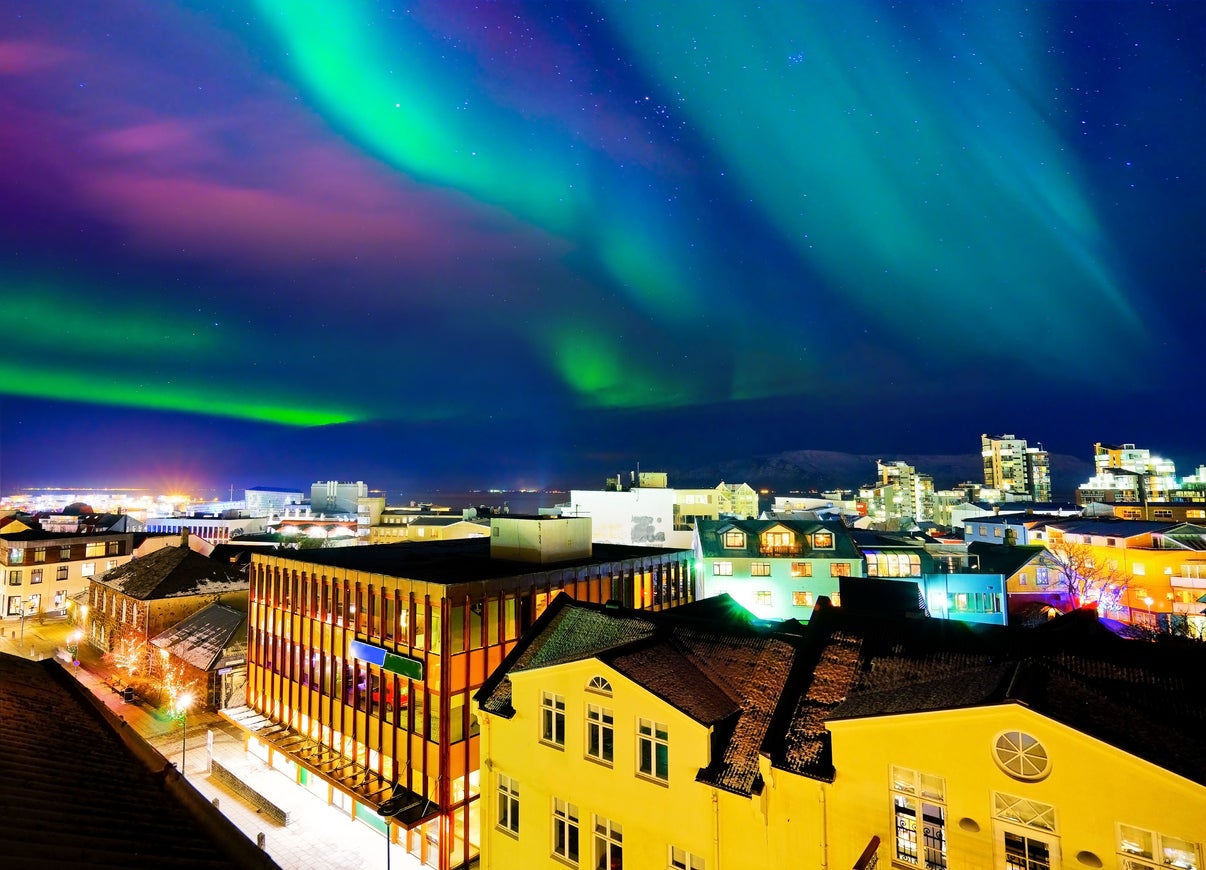
Iceland is located roughly 65 degrees north, making the country an excellent option for those trying to see the northern lights. They can be viewed in several locations, such as Thingvellir National Park or Kirkjufell Mountain, but the best place to stay when visiting has to be Reykjavik. The Icelandic capital is a typical Nordic city in style and acts as an excellent base for seeing the natural sights of the country in the day before going on a guided trip to see the lights by night.
When to visit Reykjavik
Iceland has a fairly typical length to its lights season, running from September to April.
Read more: How Reykjavik is making a name for itself as a culinary destination
5. Abisko, Sweden
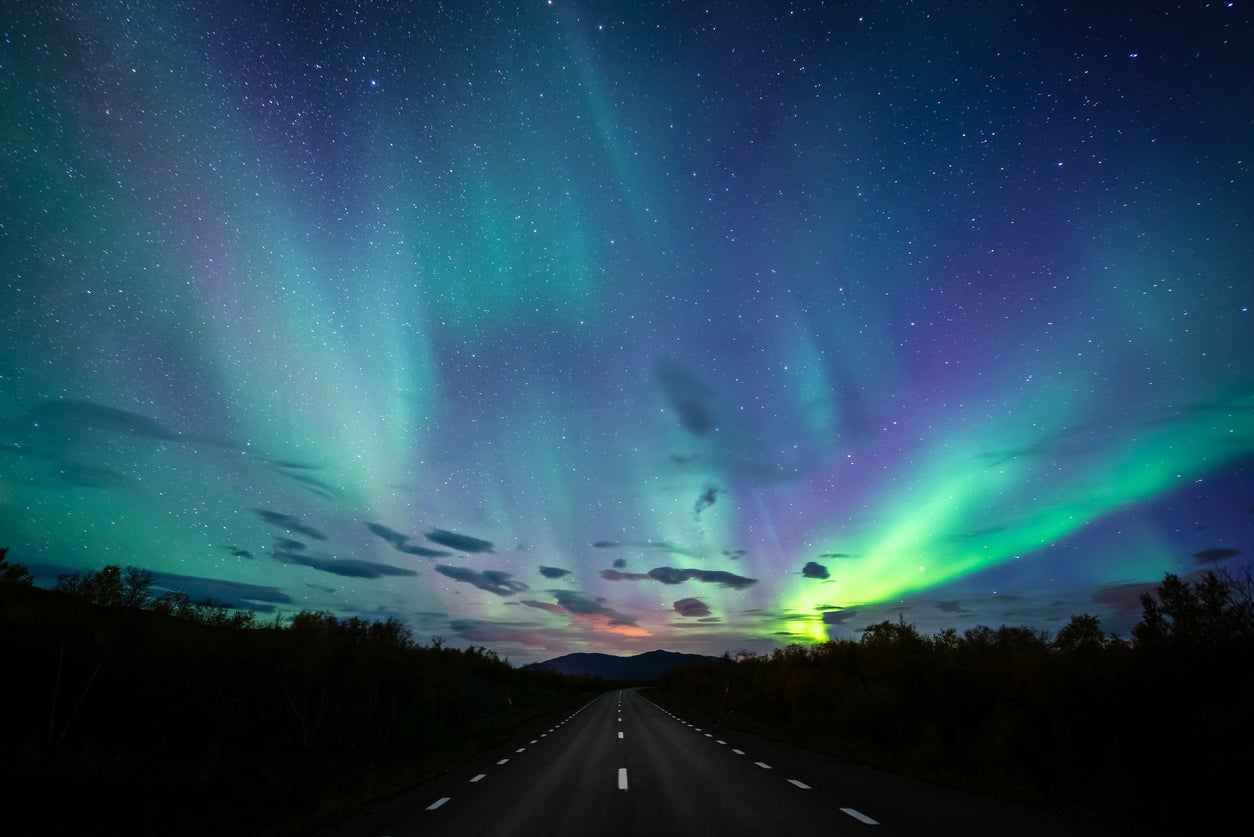
Situated in Swedish Lapland, right at the heart of the aurora oval, Abisko National Park receives no light pollution and has one of the lowest rainfall climates in the Nordic area. With many surrounding mountains to keep the skies clear, Abisko also offers the chance to try out several activities such as snowmobiling, fishing and hiking.
The Aurora Sky Station markets itself as “the best place on Earth to experience northern lights”, but it seems that this confidence isn’t unfounded: if you were to stay for three nights in Abisko, you’d have an 88 per cent chance of seeing the lights, while the government website also claims that the area sometimes receives “more than two weeks of consecutive northern lights nights”.
When to visit Abisko
Maximise your chances of catching the lights by visiting between mid-September and early March.
Read more: I ditched my phone and hiked 110km through the Swedish wilderness
6. Yukon, Canada
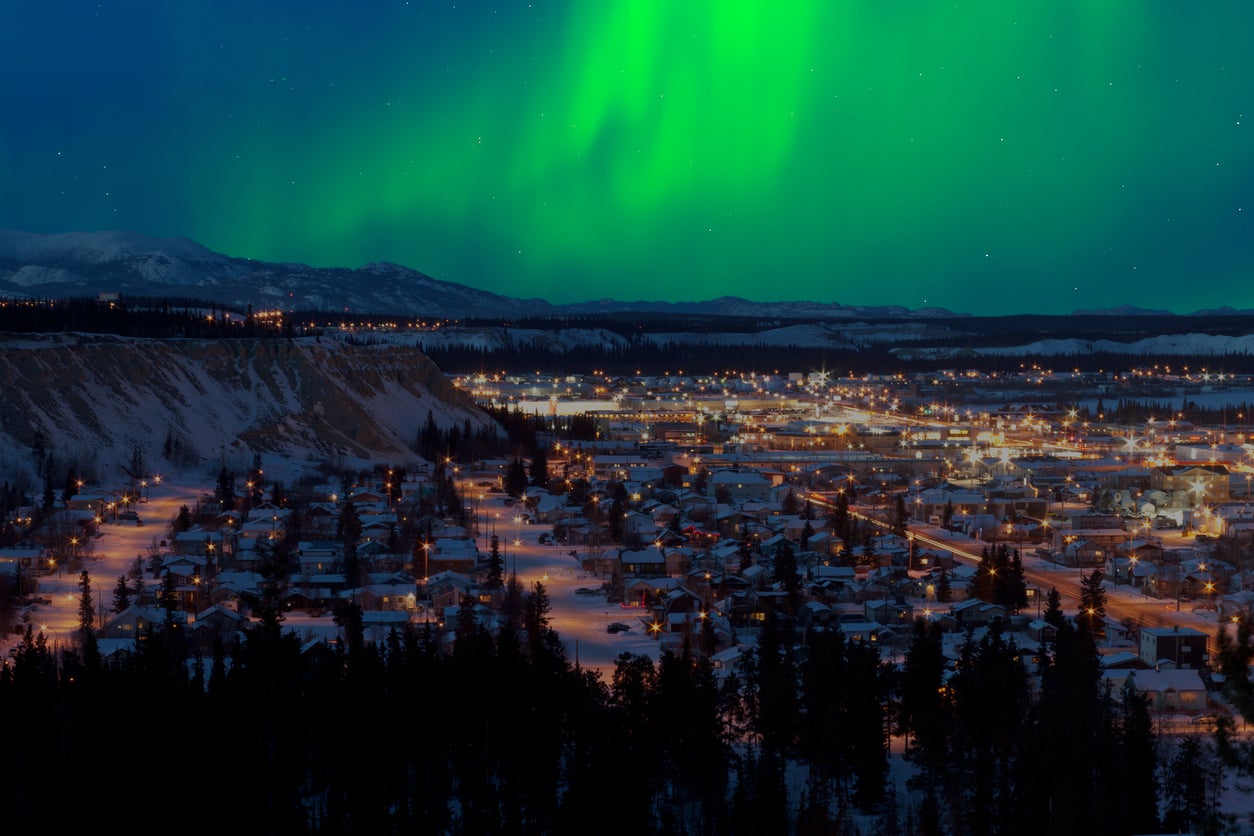
With a land area of 483,450sqkm, the Yukon is a vast region which is almost as large as the entirety of Spain. Roughly 80 per cent of the territory is wilderness; it’s home to the longest river in Canada, the second tallest peak in North America (Mount Logan, at 5,959m high), the smallest desert in the world (Carcross, at 1.6sqkm) and dozens of animal species, from moose to brown bears.
With this in mind, while exploring on your own may be tempting, when it comes to viewing the lights you’re best off booking a tour. It’s a good idea to base yourself in Whitehorse (the capital, with a population of just over 28,000), where guided tours will take you to nearby spots to give you the best chance of seeing the light show.
When to visit Yukon
Another place with a lights season lasting nearly eight months, Yukon’s most active time for light displays is between October and mid-November.
Read more: Inside the mad world of Canada’s hair-freezing competition
7. Ilulissat, Greenland
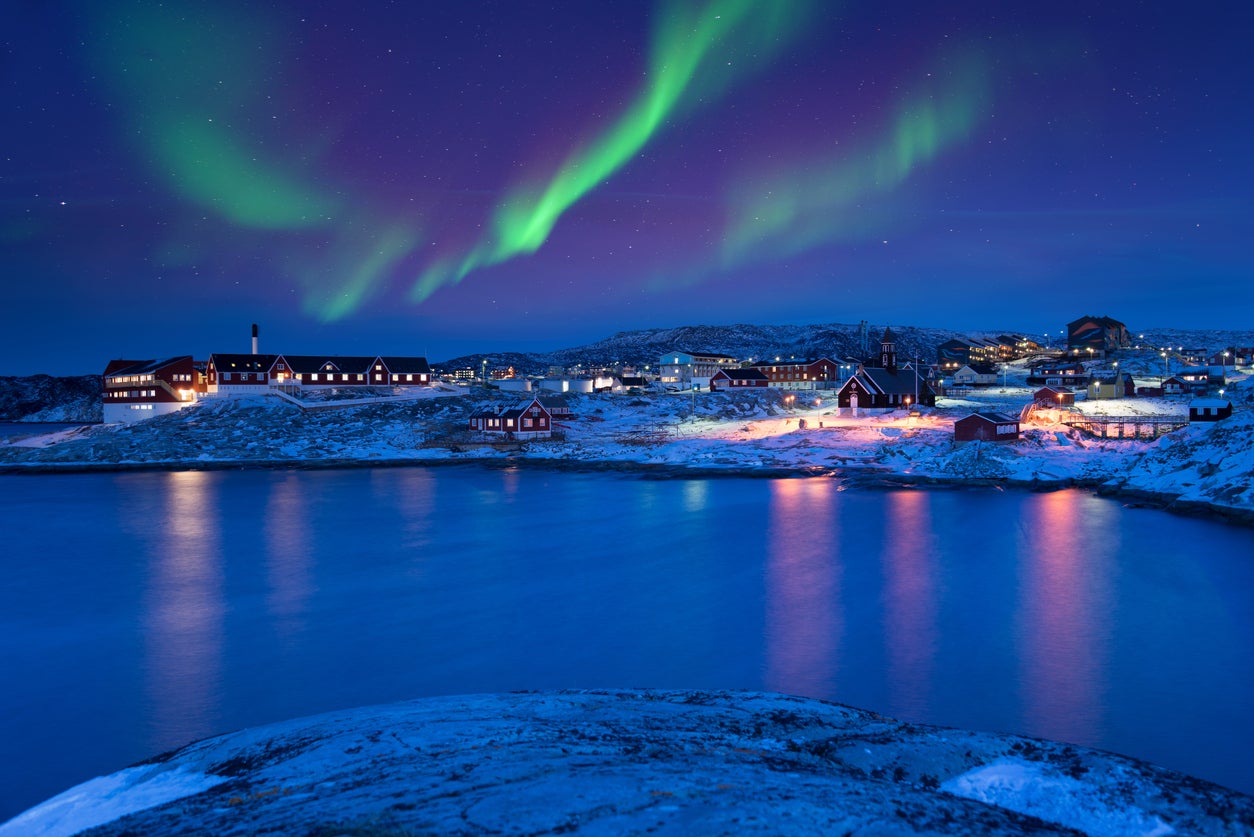
The most sparsely populated country in the world, Greenland offers the chance to see the lights with uninterrupted calm and tranquility. With a population of just under 5,000 people, Ilulissat is “rich in Inuit history” and is home to “millions of icebergs”. Low levels of light pollution and many clear nights will offer a good chance of seeing the lights during your stay.
With a population of just over 500, locations such as Kangerlussuaq also offer good opportunities to see the lights but may be too remote for some. But with a new international airport, access is easier than ever.
When to visit Ilulissat
Along with the rest of Greenland, Ilulissat has a fairly typical season, lasting from September to March.
Read more: Why Greenland is worth getting excited about
8. Outer Hebrides, Scotland
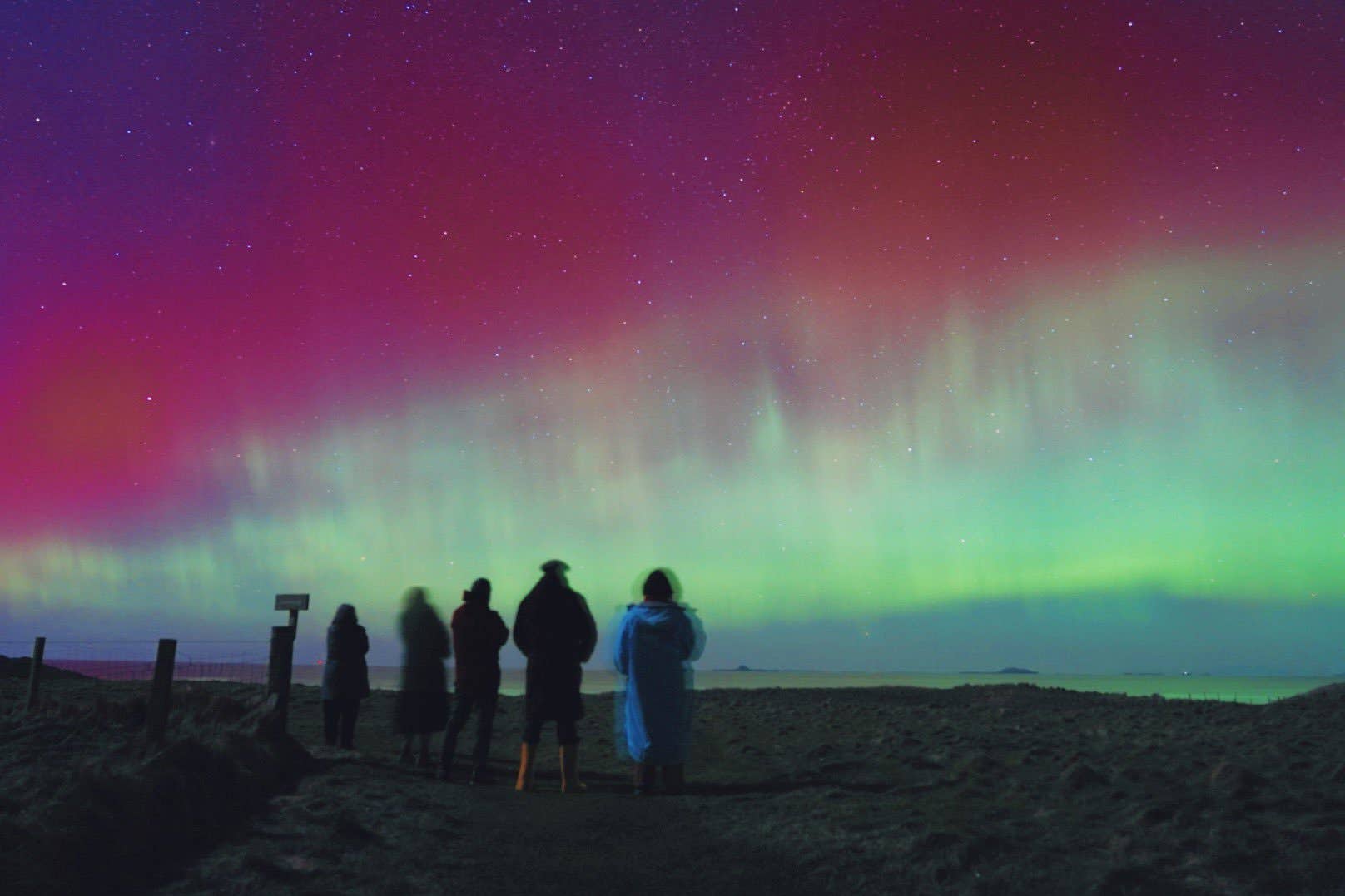
Home to “some of the darkest skies in the UK”, some of the islands in the Outer Hebrides sit on the same latitude as parts of Norway and Alaska. The aurora has been seen as far south as Edinburgh, but the islands of Lewis, Harris, Uist and Barra are your best chance for seeing the lights in the UK.
More accessible than most of the other locations on this list, the islands are also generally an excellent spot for seeing different astronomical sights, such as the Orion Nebula, the Milky Way and the Andromeda Galaxy.
When to visit the Outer Hebrides
Lights season in these islands runs from September to April, although the best time to see the lights is during the equinox and solstice, so between March and April and September and October respectively.
Read more: Swap the North Coast 500 for this under-the-radar Scottish road trip
9. Fairbanks, Alaska, USA
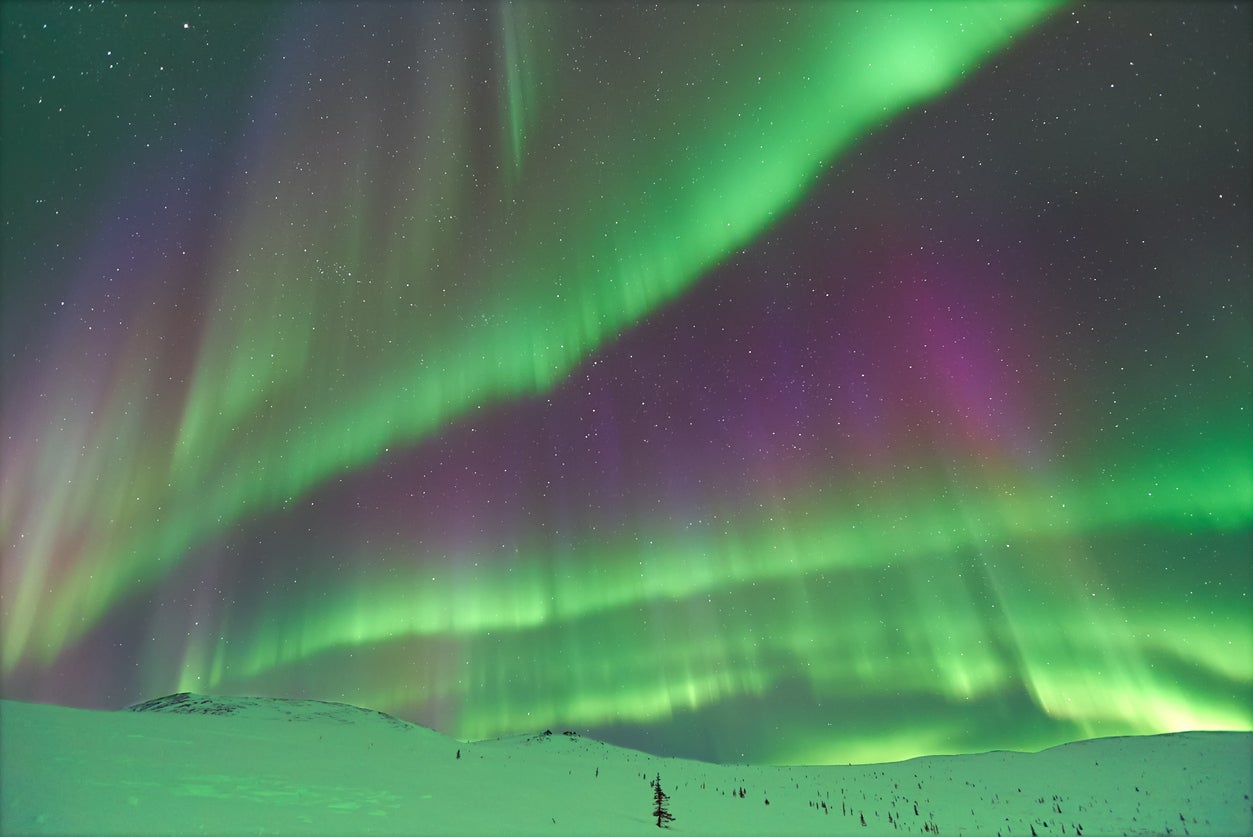
The second largest city (by population) in Alaska, Fairbanks is situated near the centre of the state and is home to just over 32,000 people. Located on a similar latitude to Iceland, conditions here are perfect for viewing the lights: dark skies, dry conditions and a lack of light pollution.
One of the main benefits of Fairbanks (versus some other locations on the list) is the fact that you don’t even have to leave the city to see the lights, and as a major settlement, all the necessary amenities are available alongside the many tours on offer.
When to visit Fairbanks
The season here lasts slightly longer than usual, stretching from late August to April.
Read more: 8 of the best northern lights cruises from the UK, Norway, Iceland and Canada
10. Finnish Lapland
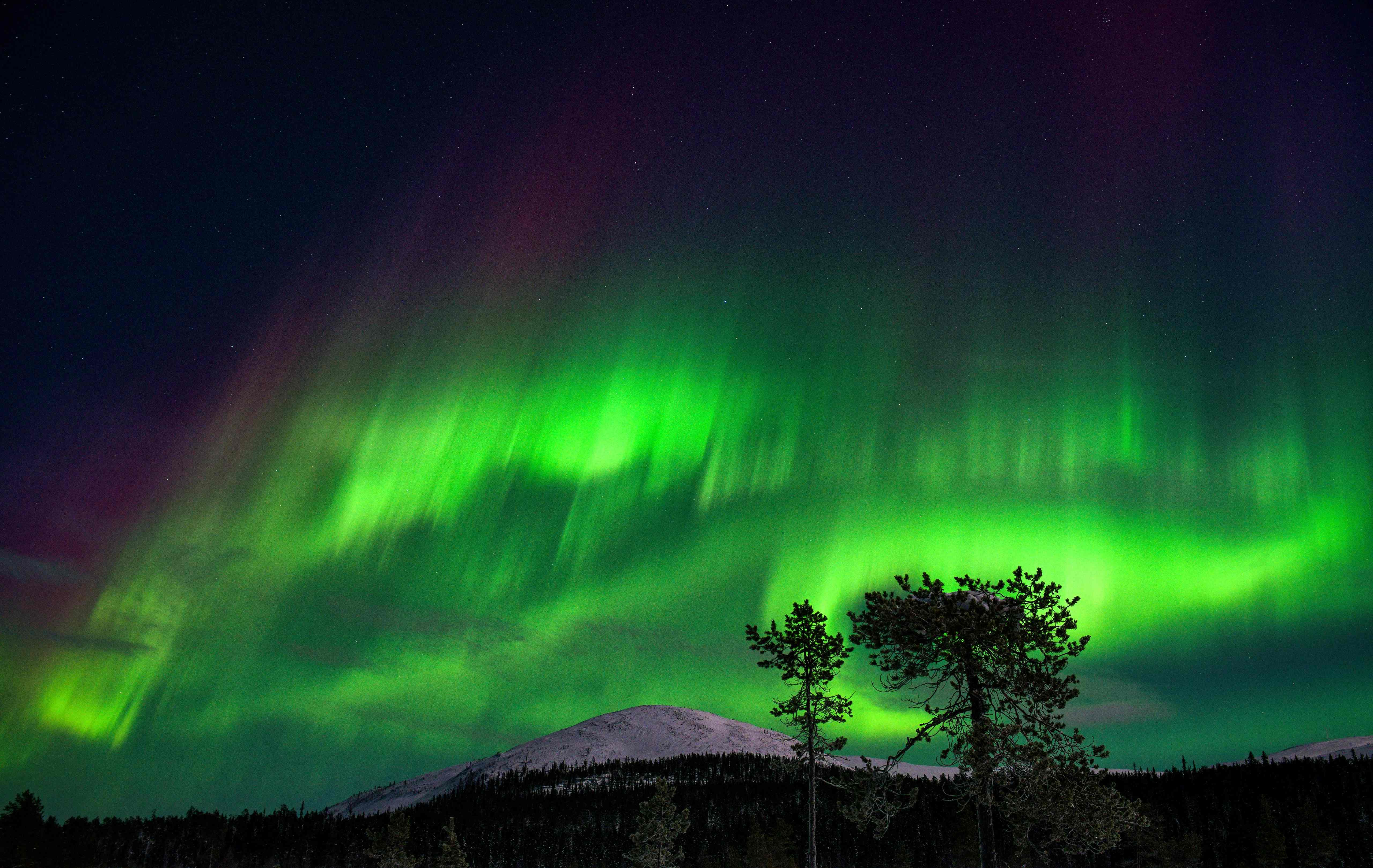
While Rovaniemi has already been mentioned on this list, there are so many worthy destinations in Finnish Lapland that the entire area has to be recommended. Levi is the largest ski resort in Finland but is less crowded than other European resorts, and offers the chance to see the lights on snowmobiles or on reindeer-drawn sleighs. Harriniva is another resort that offers similar activities, with the Muonio River adding another scenic touch. Saariselka offers a different, village setting with excellent spots for viewing the lights only half a kilometre away.
When to visit Finnish Lapland
The official Finnish tourism website states that the best times to see the lights are in autumn and spring, at the beginning and the end of the season, with the season itself running from mid-August until early April.
Read more: How to visit Father Christmas in Lapland on a budget






